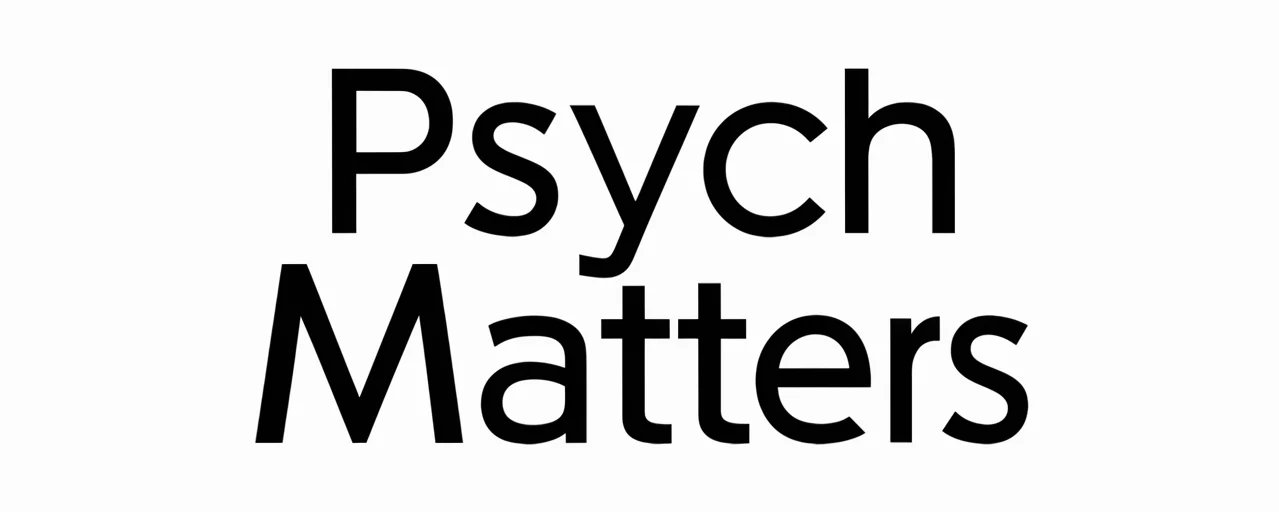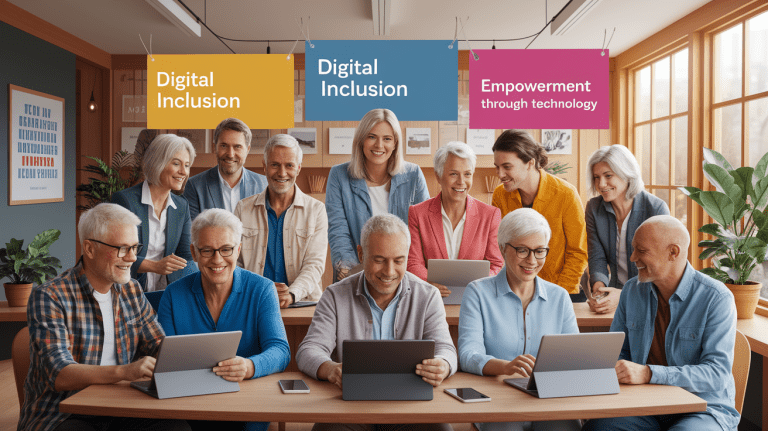Striking the Perfect Digital Balance
In an age of constant connectivity, our devices have become extensions of ourselves, mediating how we work, learn, and interact. While technology offers unprecedented benefits, its pervasive nature raises a critical question: how do we harness its power without compromising our mental and physical health? The answer lies in cultivating digital wellbeing, a conscious approach to technology that prioritizes balance, intention, and personal harmony.
Finding Your Digital Sweet Spot
What is digital well-being, and why is it so important today? At its core, digital well-being is a state of personal wellness achieved through the healthy and intentional use of technology. It is not about digital abstinence but about finding a sustainable equilibrium. Experts describe it as a state of maintaining subjective well-being in an environment characterized by digital communication overabundance. The goal is to maximize the functional support and pleasure we derive from our digital tools while minimizing the loss of control, distraction, and functional impairment that can accompany them.
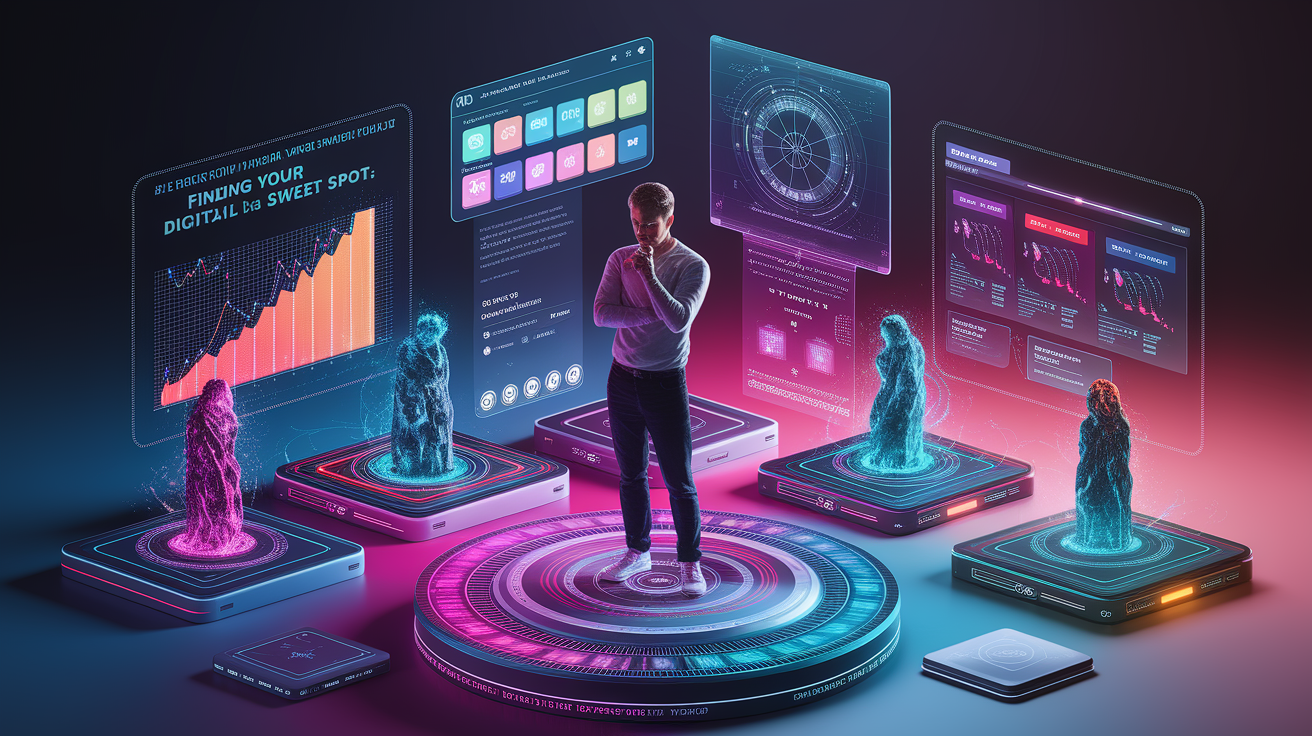
Achieving this tech-life balance means moving from a reactive to a proactive relationship with our devices. It involves understanding how our digital habits affect our overall quality of life and making conscious choices that align our technology use with our values and goals, ultimately creating a healthy relationship with technology rather than succumbing to digital overload.
Understanding the Core Dimensions
To effectively manage our digital lives, we must first understand the components that constitute digital wellbeing. It is a multifaceted concept, encompassing several key areas of our lives. According to research bodies like Jisc, the UK’s digital body for education and research, a holistic view is essential. The primary dimensions include:

- Screen Time: This refers not just to the quantity, but the quality of time spent on screens. It involves being mindful of how much time we dedicate to digital activities and whether that time is spent productively or passively.
- Online Safety & Privacy: A crucial component of feeling secure online, this dimension involves protecting personal information, managing your digital footprint, and understanding how to navigate online risks to maintain online privacy.
- Digital Citizenship: This involves behaving responsibly and ethically in online communities. It encompasses everything from respecting others’ perspectives to understanding the societal impact of digital technologies.
- Mental Health: This dimension examines how digital engagement affects our psychological state, including stress levels, anxiety, and self-esteem. It focuses on using technology in a way that supports, rather than detracts from, our mental health.
- Physical Health: Our digital habits have tangible physical consequences, from digital eye strain and poor posture to the impact of blue light on sleep patterns. Being aware of these effects is vital.
- Relationships: Digital wellbeing considers how technology mediates our connections with others. Is it fostering genuine connection or creating a barrier to in-person interaction and leading to a sense of social isolation?
- Emotional Well-being: The digital world can be an emotional rollercoaster. This dimension involves recognizing and managing the feelings that arise from online interactions. Understanding the principles of emotional psychology can provide valuable tools for navigating the highs and lows of our digital experiences with greater emotional intelligence.
The Impact on Health and Happiness
The connection between our digital habits and our well-being is profound. Signs of poor digital wellbeing often manifest as recognizable health issues. For many, being constantly connected leads to digital fatigue, a shortened attention span, and feeling perpetually sleep deprived. The overuse of social media, in particular, can be a significant source of stress. The pressure to present a perfect life can amplify what psychologists call the imaginary audience—the feeling that one is constantly under scrutiny—thereby increasing anxiety and social comparison.

The impact of technology on mental and physical health is a double-edged sword. While unchecked use can lead to burnout, technology can also be a powerful force for good. The key is understanding that psychological factors shape our health, and our digital environment is a major influence. The same device that causes distraction can also host mindfulness apps, track fitness goals, and connect us with supportive communities. The critical difference lies in our awareness and intentionality, which dictate whether technology enhances or erodes our happiness.
Practical Strategies for Balanced Tech Use
Improving your digital wellbeing is an active process that involves setting clear boundaries and cultivating healthy tech habits. For those wondering how to improve their digital wellbeing, here are several practical strategies:
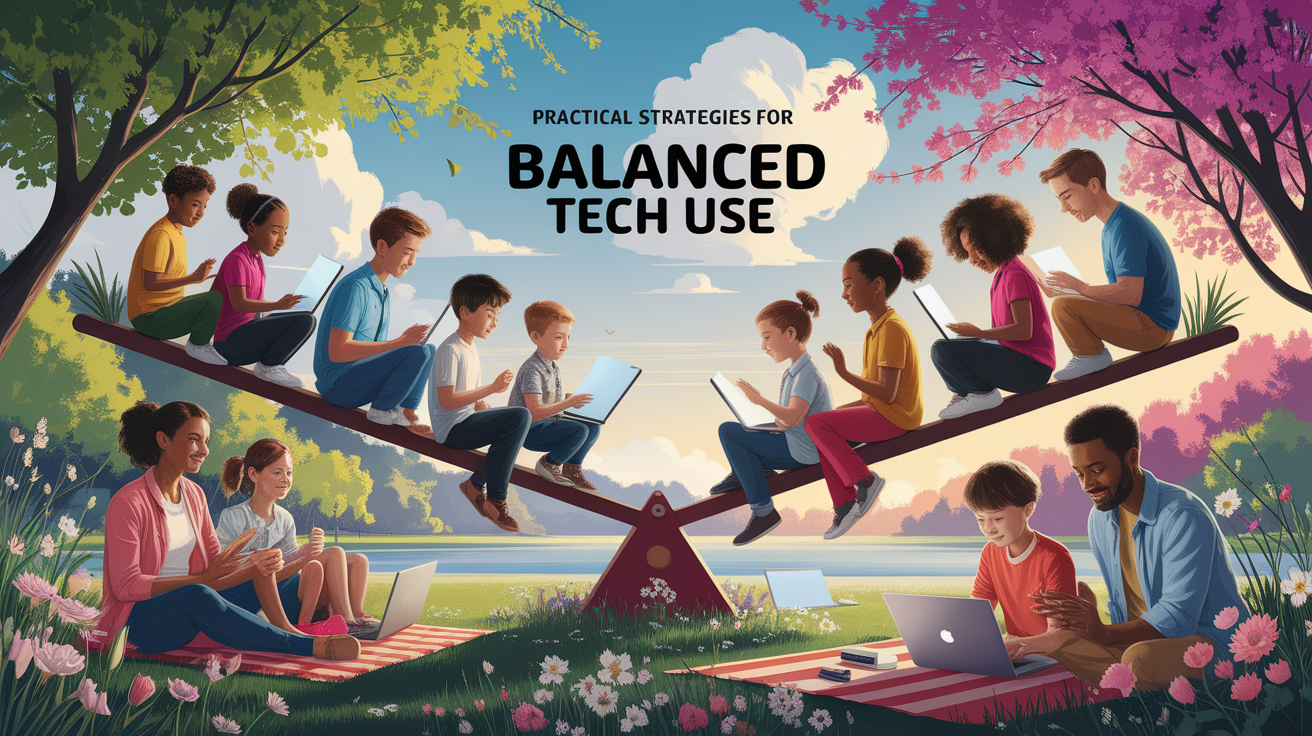
- Conduct a Digital Audit: The first step is awareness. Use your phone’s built-in tools to track your screen time. Pay attention to which apps consume the most time and ask yourself if that usage aligns with your priorities.
- Curate Your Notifications: Most notifications are designed to steal your attention, not serve your needs. Turn off all non-essential alerts. Customize those you keep to be less intrusive (e.g., no sound or vibration). This simple act helps improve focus and reduce anxiety.
- Schedule Tech-Free Time: Designate specific times of the day, such as during meals or the first hour after waking up, as device-free. This practice of disconnecting from technology helps re-establish a healthy boundary between your online and offline life.
- Practice Mindful Technology Use: Before picking up your phone, ask yourself, “Why am I doing this?” Having a clear intention—whether to check a specific piece of information or connect with a friend—prevents mindless scrolling.
- Consider a Digital Detox: What is a digital detox? It’s a period during which a person voluntarily refrains from using digital devices. This can range from a few hours to several days. The benefits of a digital detox often include improved focus, better sleep, and a renewed appreciation for offline activities. It can be a powerful reset button for your digital habits.
Tech Tools to Support Your Wellbeing
Ironically, some of the best tools for managing digital wellbeing can be found on the very devices we are trying to cope. Responding to growing concerns about smartphone addiction, tech companies have developed features and apps designed to help users find a healthier balance.
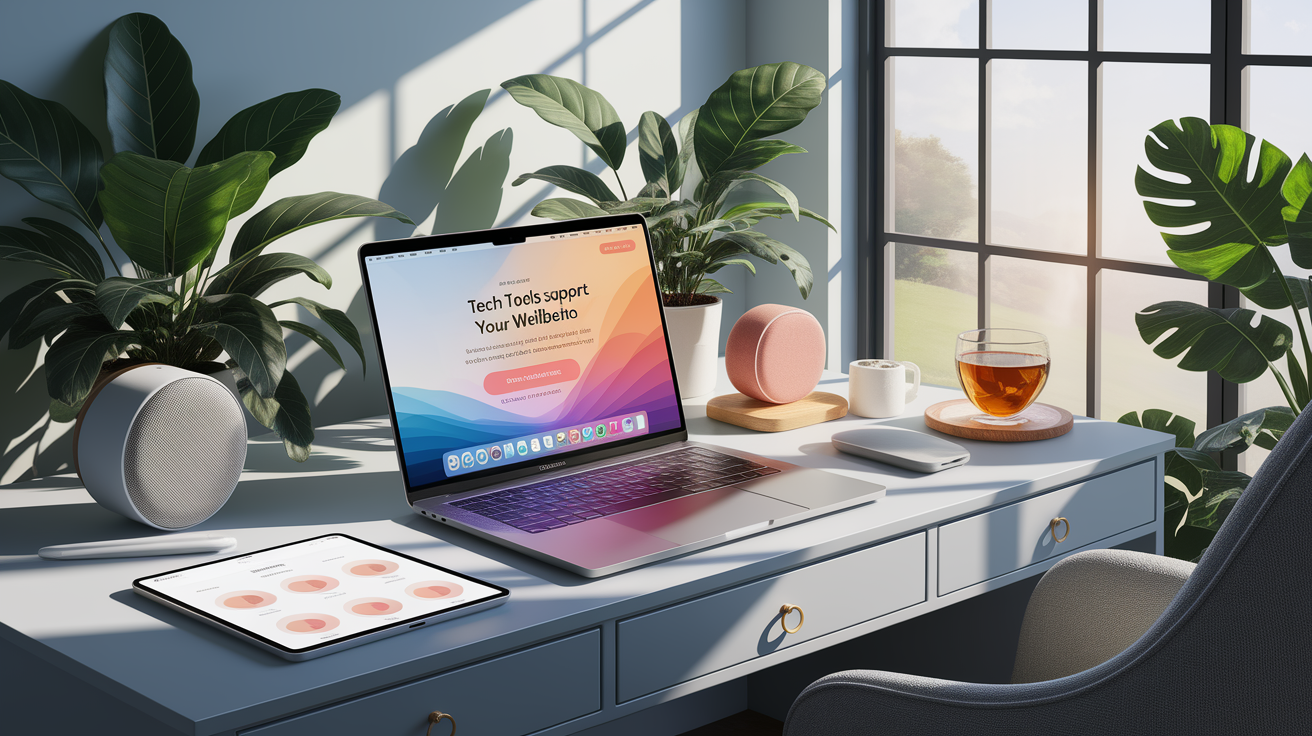
Built-in Features
Most modern smartphones come with a suite of digital health tools. Apple’s Screen Time and Google’s Digital Wellbeing dashboards provide detailed breakdowns of device usage, allowing you to set daily time limits for specific apps and schedule “Downtime” or “Focus Mode” to block distractions.
Helpful Applications
Beyond native features, a robust ecosystem of apps exists to support your goals. Are there apps to help manage screen time? Absolutely.
- Mindfulness Apps: Tools like Calm and Headspace offer guided meditations to help reduce anxiety and improve focus, providing a healthy alternative to social media scrolling during downtime.
- Focus Assistants: Apps like Forest gamify staying off your phone by letting you grow a virtual tree when you avoid distractions.
- Content Blockers: Tools like Freedom allow you to block distracting websites and apps across all your devices for a set period, making it one of the best apps for practicing digital wellbeing when you need to concentrate.
Fostering Healthy Digital Culture at Work
Digital wellbeing is not just a personal responsibility; it is also an organizational one. Digital fatigue and burnout are significant threats to productivity and employee health in the modern workplace. Forward-thinking organizations are now implementing strategies for maintaining digital wellbeing at work.
This organizational support includes:
- Establishing Clear Policies: Creating guidelines around after-hours email, response time expectations, and the “right to disconnect” can significantly reduce employee stress.
- Promoting Digital Literacy: Training employees on how to use digital tools effectively and securely, while also educating them on the wellness risks, empowers them to take control of their digital habits.
- Leading by Example: When leaders model healthy behaviors—such as taking screen-free breaks and respecting non-work hours—it creates a culture where digital balance is valued.
Supporting digital wellbeing is a critical component of a broader strategy for enhancing mental health in the workplace, leading to a more engaged, resilient, and effective workforce.
Your Next Steps to Digital Harmony
Striking the perfect digital balance is an ongoing awareness, intention, and adjustment journey. It begins with recognizing that you are in control of your technology, not vice versa. By understanding the core dimensions of digital wellbeing, acknowledging its impact on your health, and implementing practical strategies, you can transform your relationship with your devices from distraction to empowerment.
Start small. This week, try one new strategy: turn off notifications for a single app, schedule 30 minutes of tech-free time before bed, or pause and ask “why?” before you unlock your phone. These small steps, practiced consistently, are the foundation of lasting digital harmony and a healthier, more present life. For those with children, modeling these habits is the first step in helping them develop good digital wellbeing habits for a lifetime.
